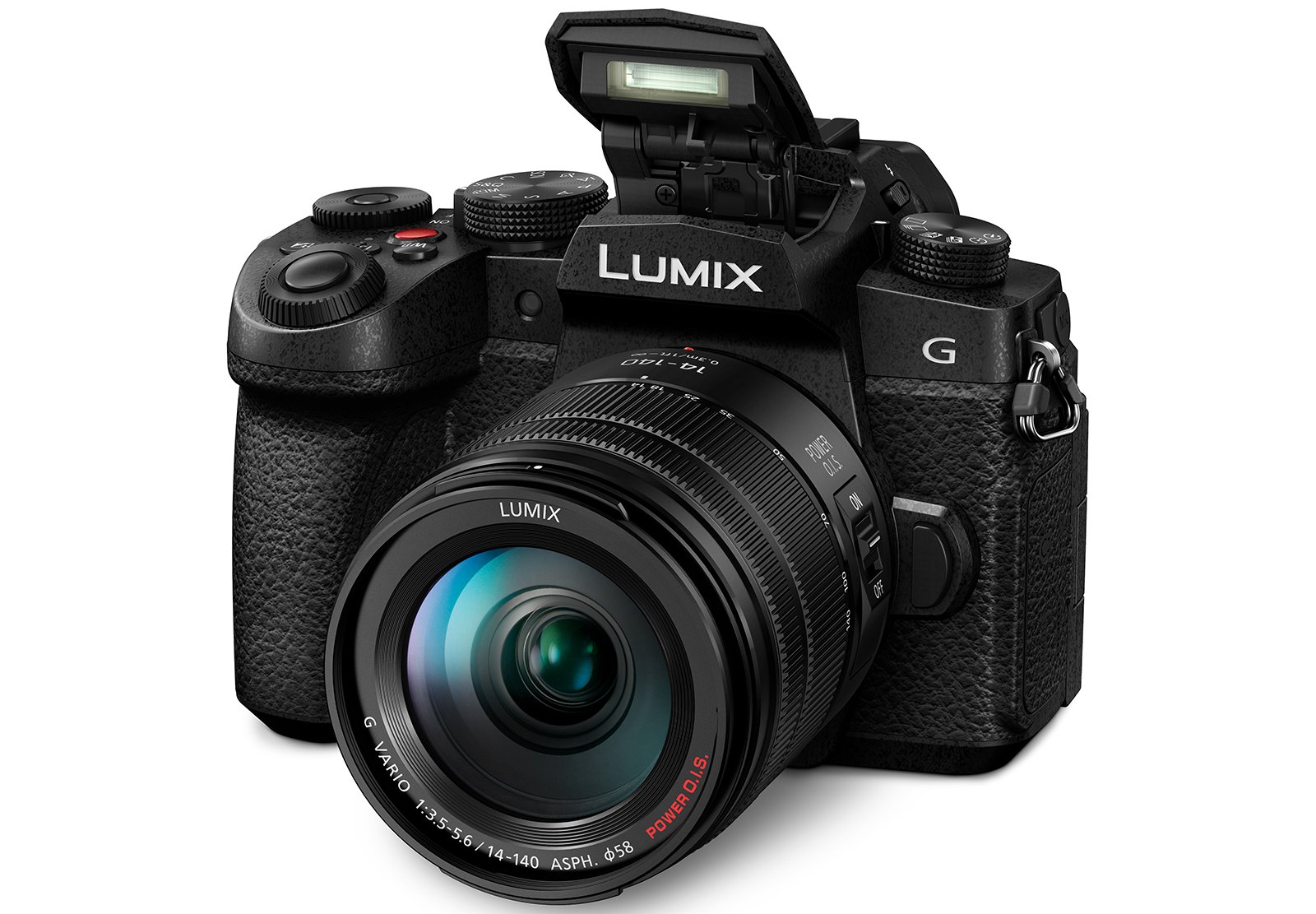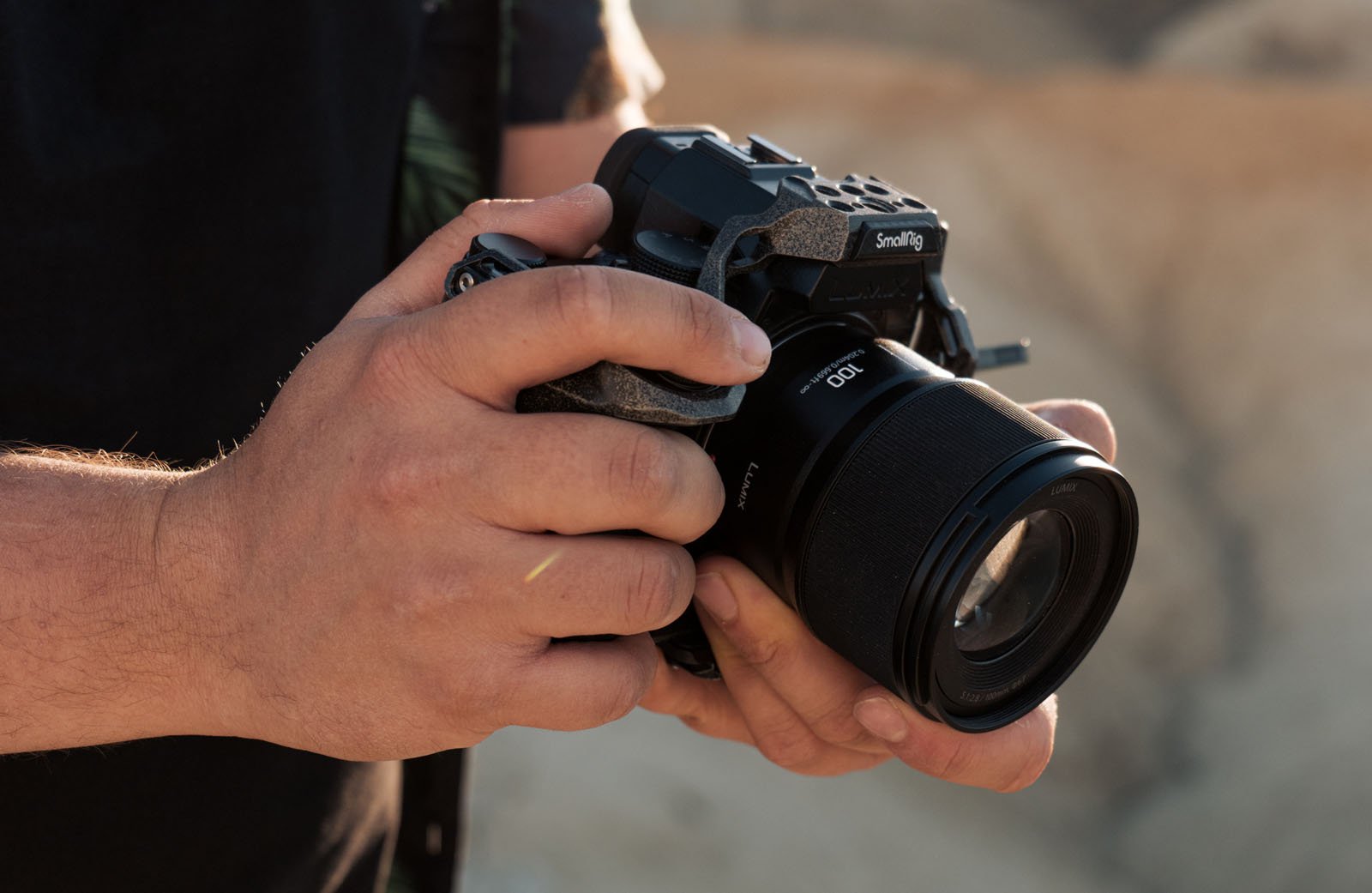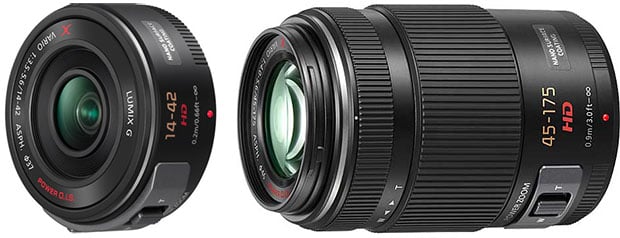Panasonic in 2024: A Little Bit of Everything
Two companies are actively developing products for two distinct camera systems: Fujifilm and Panasonic. In Fujifilm’s case, it’s the APS-C X Series and the medium-format GFX System. For Panasonic, it’s the Micro Four Thirds platform and the L-Mount system, which includes full-frame mirrorless cameras and lenses. We’ll look at Fujifilm next week, but for now, the attention is on Panasonic and its rather interesting (and diverse) year of product launches.
Panasonic’s Micro Four Thirds Year Was Very Quiet But Not Bad
Typically, these recaps are broken into cameras and lenses. However, for Panasonic, it makes more sense to look at camera systems. The first one is Micro Four Thirds, and there’s not much to say. That said, until earlier this week, there was even less to say. Panasonic waited until the buzzer.
In early June, Panasonic unveiled the Lumix GH7, its latest flagship hybrid Micro Four Thirds camera. The GH7 sports a newly developed 25.2-megapixel BSI CMOS image sensor and phase-detect autofocus, a pair of awesome upgrades.
Thanks to a wide array of incredible video features, the only real “downside” to the GH7 in terms of all-around performance is that the relatively small Micro Four Thirds sensor comes with drawbacks. It has advantages, too, but image quality is not among them.
PetaPixel‘s Jordan Drake shoots much of our YouTube content using the GH7, which is as strong an endorsement as any regarding how we feel about the camera. It’s not perfect, but it’s a powerful and highly capable camera, especially for hybrid creators.
Then just this week, Panasonic surprised everybody by announcing two new cameras, a point-and-shoot ZS99 and the Lumix G97, a slightly upgraded version of the G95 Micro Four Thirds camera released in spring 2019.

The G97 is not a show-stopper, and it doesn’t have a bunch of new features. However, it does have slightly better video recording options, including improved slow and quick capabilities, a higher-resolution rear LCD, Bluetooth 5.0, a new “Send Image” button, and a USB-C port instead of archaic Micro-USB.

Technically, the Lumix G97 will not be available until late February, but it is on the list because it was announced in 2024.
As for new Micro Four Thirds lenses, there weren’t any.
One final note in this section, only because it doesn’t fit neatly anywhere else, Panasonic released another camera this year worth mentioning, the FZ80D. This is a slightly updated version of the FZ80 superzoom Type 1/2.3 camera released in 2017. This camera is of little significance to most of PetaPixel‘s audience. Still, we love to see superzoom cameras get a bit of love as they are affordable cameras for birders and wildlife enthusiasts. The camera has a 60x optical zoom lens ranging from 20-1200mm equivalent focal lengths. I loved the original camera, so I’m happy to see an updated version hit store shelves.
Lumix S: A Fun New Camera and Some Great New Lenses
Panasonic’s full-frame Lumix S system, which uses L-Mount, had a much busier 2024 than the company’s Micro Four Thirds lineup. While there was only one new Lumix S camera, the S9, it has made quite a splash with consumers, if not reviewers.
The Lumix S9 has many of the S5II’s features in a much smaller and more colorful body. The camera ditches the electronic viewfinder (boo!) but adds nifty in-camera Real-Time LUT features (neat!). In a bid to win over smartphone users and content creators, the S9 is primarily successful as a stylish full-frame camera but comes up short in terms of performance and flexibility.
However, the case for the Lumix S9 became a lot stronger a few months after its release when Panasonic released the very compact 18-40mm f/4.5-6.3 lens, perhaps the perfect optical companion for the S9.
The S9 launched initially alongside the heinously bad new Lumix S 26mm f/8 lens, a $200 glorified camera body cap with a fixed f/8 aperture and manual focus design. The lens has the dishonor of being PetaPixel‘s worst lens of 2024, but we won’t hold that against Panasonic too much.
Especially because the company’s other two new lenses are, like the 18-40mm f/4.5-6.3, good. In the case of the Lumix S 100mm f/2.8 Macro, very good. A strong contender for PetaPixel‘s Best Prime Lens of 2024, the Lumix S 100mm f/2.8 Macro is the world’s smallest full-frame macro lens with a focal length beyond 90mm. It also has fantastic optical performance. Win-win.

The Lumix S 28-200mm f/4-7.1 Macro is also an impressive new lens for full-frame L-Mount cameras. A much-needed all-in-one zoom, the lens is affordable, lightweight, and versatile.
While the Lumix 26mm f/8 manual pancake lens is disappointing for so many reasons, the other three new Lumix S lenses not only filled critical holes in Panasonic’s L-Mount lineup but are great products in and of themselves.
Grading Panasonic in 2024
Panasonic didn’t do much with its Micro Four Thirds lineup this year, but the Lumix GH7 is an excellent camera. The Lumix G97 is a fascinating late-year announcement but a minor update to a pretty old camera. We dinged OM System for not doing enough to keep confidence high in Micro Four Thirds as a platform, so Panasonic must suffer the same fate despite the GH7’s excellence (the OM-1 II is also excellent, for what it’s worth).
Panasonic pulls itself out of the doldrums through its other system, which has received much more attention in recent years, the full-frame Lumix S platform. Panasonic hasn’t abandoned Micro Four Thirds, but it’s evident that more attention has been given to full-frame. The Lumix S9 is a stylish little camera that got much more interesting after a firmware update and the new compact 18-40mm zoom lens arrived.

The 100mm f/2.8 Macro lens is fantastic, and the 28-200mm all-in-one zoom fills a significant void, not just for Panasonic, but for L-Mount at large.
If we were grading Panasonic separately for its two systems, it’d get a D- for Micro Four Thirds and a B for the Lumix S. But when considered as a photo company at large, Panasonic earns:
Grade: C
Image credits: Featured image created using an asset licensed via Depositphotos.

